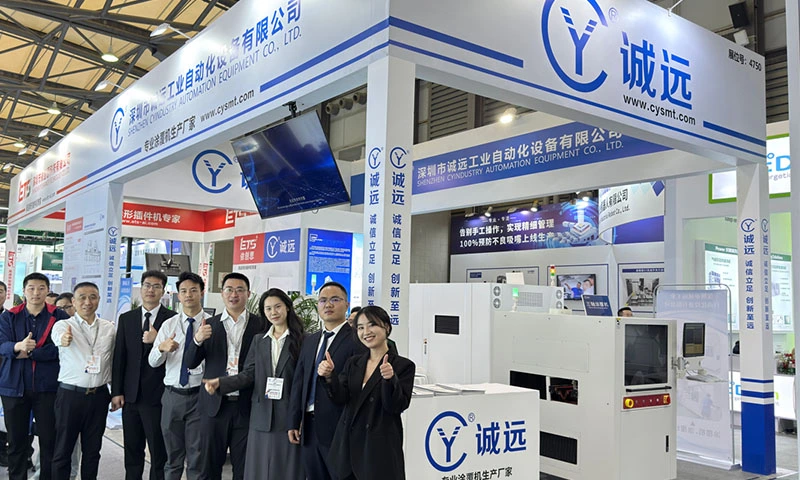The Role of a DIP Assembly Line in High-Quality Electronic Production
A DIP assembly line ensures precision and reliability in through-hole component integration, critical for high-stakes industries like automotive and medical devices. Automated insertion systems eliminate human error, while wave soldering with thermal profiling guarantees uniform, void-free joints. Integrated AOI and X-ray inspection detect defects early, aligning with IPC-A-610 standards. The line supports hybrid SMT/THT workflows, accommodating legacy and modern components (e.g., connectors, ICs). By maintaining strict process control and minimizing mechanical stress, it enhances PCB durability in harsh environments. This robust production method balances speed, accuracy, and scalability, delivering defect-free assemblies where failure is not an option.
How a DIP Assembly Line Ensures Reliable Through-Hole Soldering
A DIP assembly line achieves robust through-hole soldering via controlled wave soldering processes. Preheating stages minimize thermal shock, while flux application removes oxidation for optimal adhesion. Precision conveyor systems maintain consistent solder wave contact, ensuring complete barrel filling and fillet formation. Thermal profiling prevents cold joints or component damage. Post-soldering, automated optical (AOI) and X-ray inspection verify joint integrity, detecting voids or misalignments. Compliance with IPC-J-STD-001 standards guarantees mechanical strength and electrical continuity. This end-to-end control eliminates defects, making DIP lines indispensable for automotive, industrial, and military electronics requiring vibration-resistant, long-lasting connections in extreme conditions.





